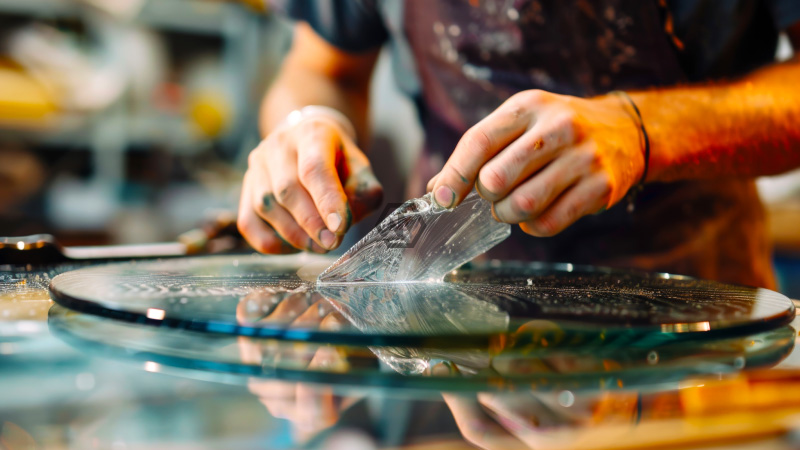- A team led by Myungkoo Kang has developed a self-repairing chalcogenide glass that can recover from gamma radiation damage.
- Chalcogenide glasses, including sulfur and selenium, are noted for their optical transparency and unique interaction with light.
- This innovation could significantly benefit space missions and radioactive facilities by offering a durable and self-healing material.
Scientists at Alfred University have created a chalcogenide glass that can autonomously repair itself after exposure to gamma radiation.
Chalcogenide glasses, composed of elements such as sulfur, selenium, and tellurium, are known for their exceptional optical transparency.
Revolutionary Self-Healing Glass Offers New Solutions for Space and Radioactive Environments
The development of self-repairing chalcogenide glass represents a significant advancement in materials science. This innovative glass, capable of regaining its structural integrity after gamma radiation exposure, could have transformative implications for various high-radiation environments, including space missions and radioactive facilities.
The unique composition of chalcogenide glasses, which includes elements like sulfur and selenium, endows them with superior optical properties. These glasses are particularly effective in infrared applications due to their ability to exclude oxygen, which enhances their performance in specific optical and sensing technologies.
This breakthrough follows ongoing research into alternatives to crystalline materials, addressing the need for more resilient and adaptable materials in extreme conditions. The successful application of this self-repairing glass could lead to more durable and reliable technologies for space exploration and radiation shielding.
As physicist Kathleen Richardson notes, chalcogenide glasses are gaining attention for their potential to replace traditional crystalline solutions. The new material’s unique properties not only open up new possibilities for optical devices but also promise enhanced functionality in challenging environments.
The development of self-repairing chalcogenide glass marks a promising advancement in materials science, offering new opportunities for durable and resilient materials in high-radiation environments.
The article ties into Kathleen Richardson’s quote about chalcogenide glasses being increasingly used as alternatives to traditional crystalline materials,



